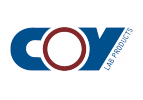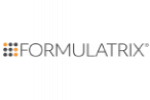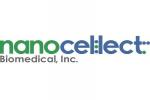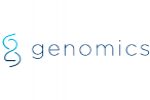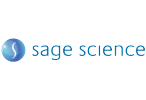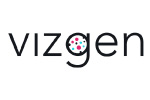Genomic rearrangements are common in cancer, with demonstrated links to disease progression and treatment response. These rearrangements can be complex, resulting in fusions of multiple chromosomal fragments and generation of derivative chromosomes. While methods exist for detecting individual fusions, they are generally unable to reconstruct complex chained events. To overcome these limitations, we adopted a new optical mapping approach, allowing for megabase length DNA to be captured, and in turn rearranged genomes to be visualized without loss of integrity. Whole genome mapping (Bionano Genomics) of a well-studied highly rearranged liposarcoma cell line, resulted in 3,338 assembled haploid genome maps, including 101 fusion maps. These fusion maps represent 175 Mb of highly rearranged genomic regions, illuminating the complex architecture of chained fusions, including content, order, orientation, and size. Spanning the junction of 151 chromosomal translocations, we found a total of 32 Mb of novel interspersed sequences that were not detected from short-read sequencing. We demonstrate that optical mapping provides a powerful new approach for capturing a higher level of complex genomic architecture, creating a scaffold for renewed interpretation of sequencing data of particular relevance to human cancer.
Read more






















